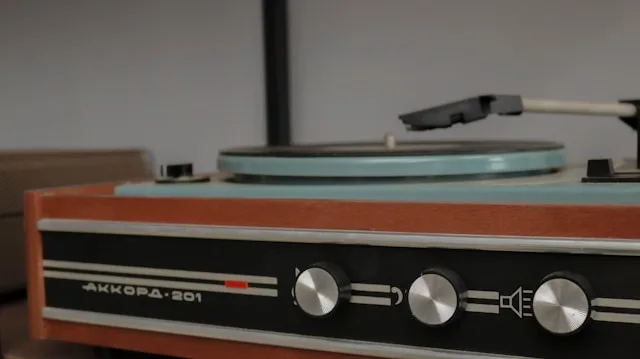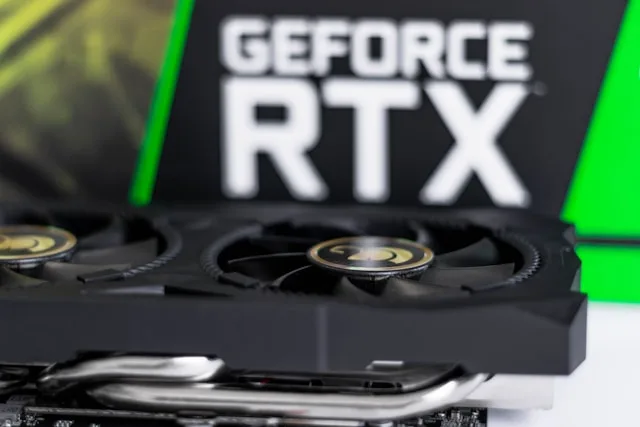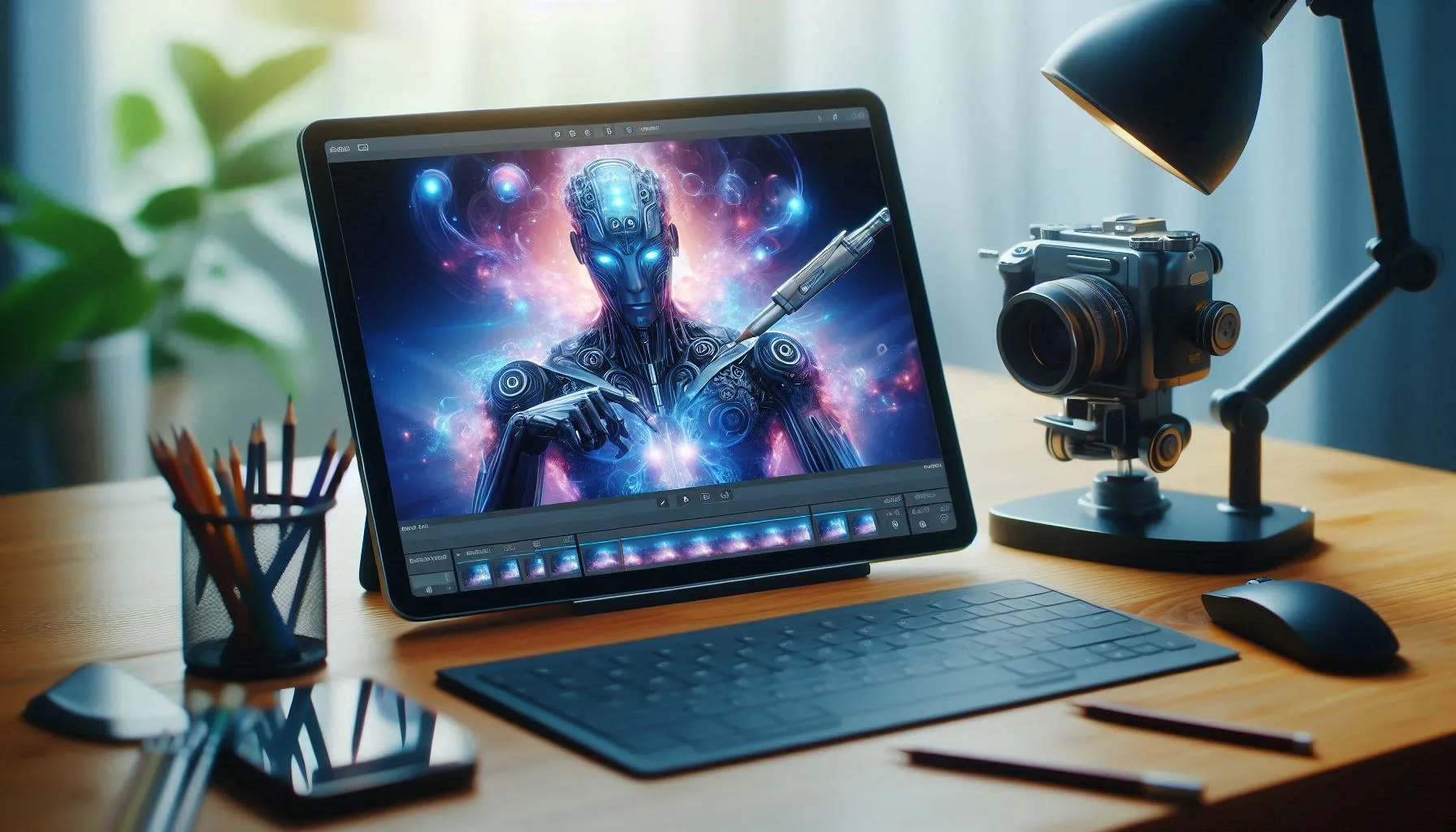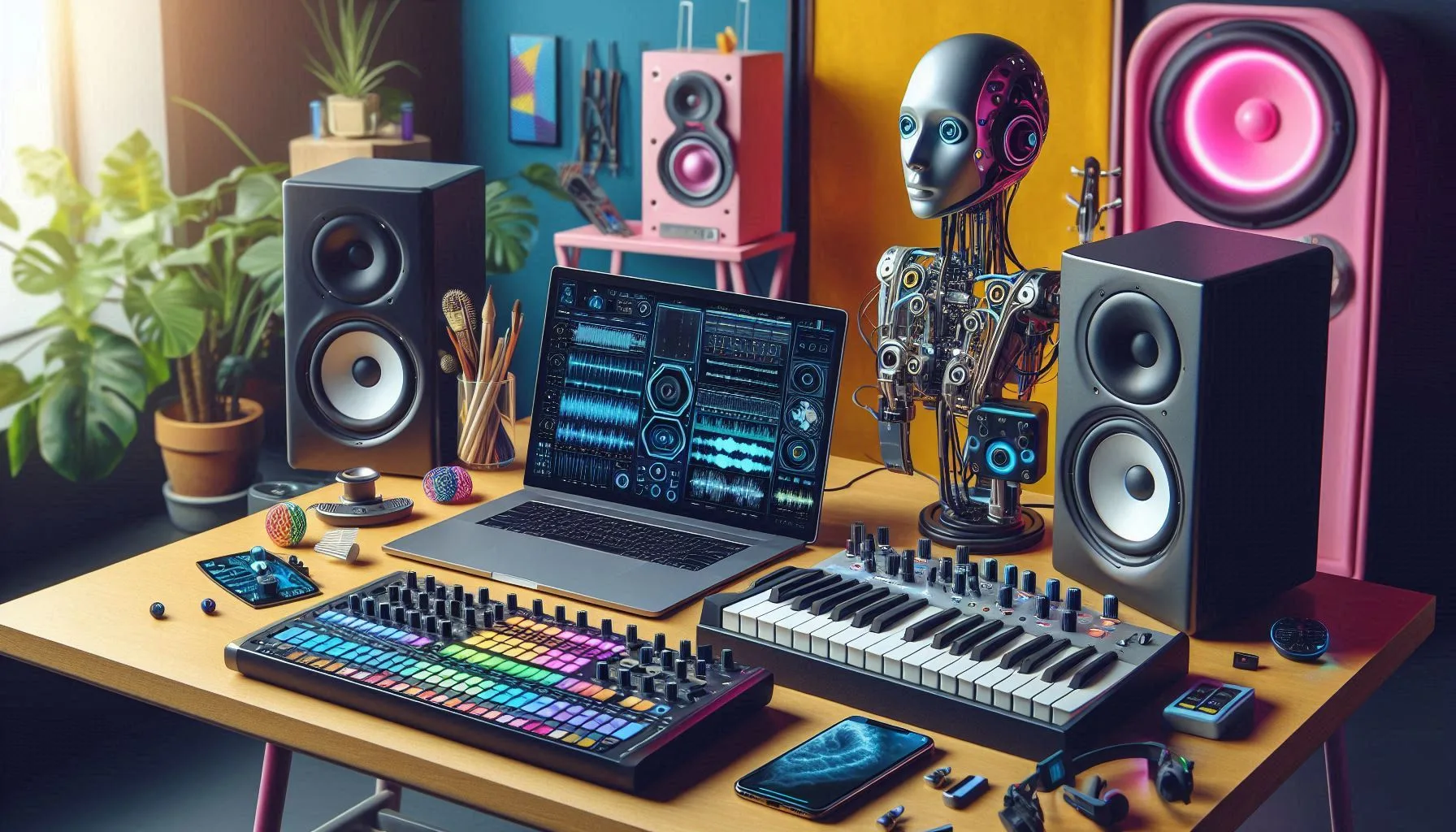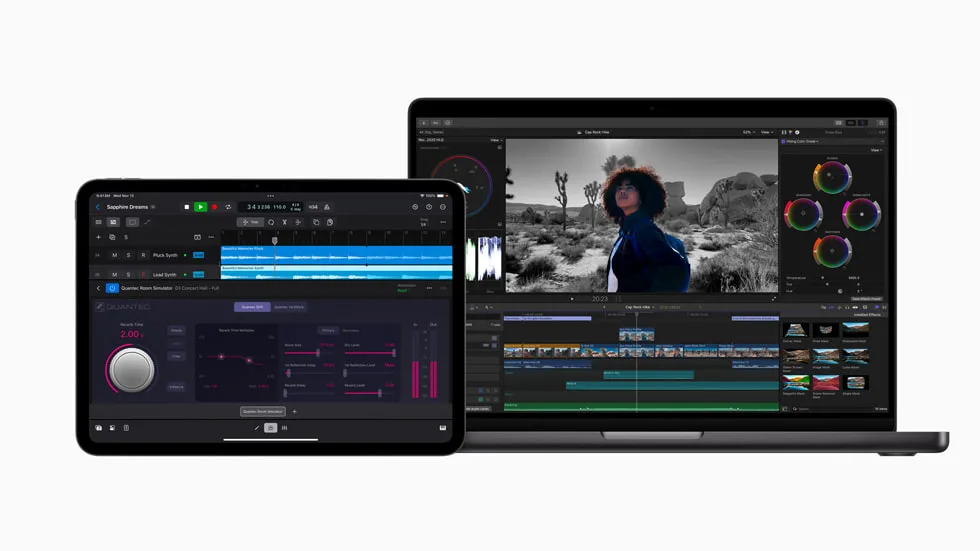The Resurgence of Physical Music Formats: A Remarkable Comeback
In a world dominated by digital streaming services, the rise of physical music formats may seem like an unlikely trend. Yet, over the past few years, vinyl records, CDs, and even cassette tapes have seen a remarkable resurgence. In 2024, music sales reached an all-time high of £2.4 billion, surpassing the previous peak of £2.2 billion in 2001. This astonishing comeback is fueled by the revival of vinyl records, which has become more than just a niche interest—it has turned into a major cultural phenomenon. In this blog post, we will explore the reasons behind this unexpected resurgence, what it means for the music industry, and how the physical music format continues to thrive in the digital age.
A Brief History of Physical Music Formats
Before we dive into the resurgence, let’s take a moment to understand the history of physical music formats. The early days of recorded music saw formats such as wax cylinders, 78 RPM records, and eventually, the more durable 33 RPM vinyl records. Vinyl, which began to dominate in the mid-20th century, became the most popular format for music lovers and collectors worldwide. Vinyl records were a staple in households across the globe, and for decades, they served as the primary medium for music consumption.
However, in the late 1980s and early 1990s, compact discs (CDs) began to gain popularity. Offering better sound quality, greater durability, and portability, CDs quickly replaced vinyl as the primary format for music consumption. As the years went by, digital music took over with the rise of MP3s and online music services like Napster and iTunes. Streaming services such as Spotify and Apple Music would later define the modern music industry, making digital streaming the primary method of listening to music for most people.
But just when it seemed like physical formats were a thing of the past, something unexpected happened: vinyl started to make a comeback.
Vinyl's Resurgence: A New Chapter in Music
In 2007, the global sales of vinyl records began to grow after years of decline. Initially, it was seen as a niche market, with a small but dedicated group of audiophiles and collectors leading the way. Fast forward to 2024, and vinyl records are not only back—they are thriving.
According to recent reports, vinyl sales have surpassed £330 million, growing by 6% year-on-year. This marks a significant increase in both demand and consumer investment. More impressive is the fact that vinyl sales have outpaced CD sales in several regions. In the UK, vinyl records are now the second-most popular format for music consumption, just behind streaming services.
One of the main reasons for vinyl’s resurgence is its nostalgic appeal. For many music lovers, vinyl represents an era before digital distractions, where music was meant to be experienced as a complete album rather than as singles streamed on a playlist. Vinyl’s tangible nature—holding a record in your hand, carefully placing the needle on the record—is a ritualistic process that many people find deeply satisfying.
Moreover, the warm sound quality of vinyl is often praised by audiophiles. Despite the prevalence of digital audio formats with high-fidelity sound, many believe that vinyl provides a richer, more organic listening experience. The analog warmth, coupled with the inherent imperfections of vinyl records, creates a sound that is hard to replicate with digital formats.
Vinyl's Appeal to Modern Audiences
So, what exactly is driving this resurgence among younger generations who were never exposed to vinyl records in their prime? While nostalgia plays a part, the appeal of vinyl is more than just sentimental. In fact, much of vinyl’s popularity can be attributed to a new wave of music enthusiasts who are discovering its unique qualities for the first time.
One key factor is the rise of the “collector’s culture.” Vinyl records are not just music—they are pieces of art. Album covers, with their large, visually striking designs, take on new significance when viewed in physical form. For music collectors, owning a vinyl record is as much about the physical object as it is about the music it holds. The larger-than-life album artwork and the tactile experience of flipping through records are features that digital formats simply cannot replicate.
In addition, vinyl has gained traction due to its status as a luxury item. With limited edition releases, colored vinyl, and special box sets, collectors are willing to pay a premium for rare or unique records. This trend is especially prominent among indie artists and labels, who use vinyl to release exclusive content to their most dedicated fans.
The growing popularity of vinyl can also be seen in the increase in record stores and vinyl-only events. Independent record stores are once again a vital part of local music scenes, offering a space for music lovers to connect, browse, and discover new releases. Record fairs, where people can buy and sell vinyl, have become a popular social event for fans to interact with others who share their passion for the format.
The Role of Streaming in Vinyl’s Comeback
Interestingly, the rise of streaming services has not hurt the resurgence of physical music formats. In fact, it may have contributed to it. With music more accessible than ever before through platforms like Spotify, listeners have been introduced to a vast catalog of artists and genres that they may not have explored otherwise. For many, streaming offers a convenient and cost-effective way to discover music, but it lacks the tactile connection to the art form that vinyl provides.
Streaming platforms have become discovery engines, leading listeners to purchase physical copies of albums they love. Many vinyl buyers also use streaming services to preview albums before committing to purchasing a physical copy. This combination of digital and physical consumption allows listeners to engage with music in a deeper, more meaningful way.
Moreover, vinyl records are often released alongside digital downloads or streaming codes, allowing consumers to enjoy the convenience of digital music while still experiencing the unique qualities of vinyl.
The Impact on the Music Industry
For the music industry, the resurgence of physical formats, particularly vinyl, represents a welcome return to profitability. In 2024, music sales as a whole reached record-breaking numbers, with physical formats playing an important role in this growth. According to reports, vinyl sales alone contributed £330 million to the overall music market, accounting for a significant portion of the £2.4 billion total sales figure.
The success of vinyl has also led to an increase in manufacturing and distribution efforts. Record pressing plants are working at full capacity to meet the growing demand, and new plants are opening to keep up with the trend. This surge in production has created jobs and reinvigorated parts of the industry that had previously been in decline.
For artists and labels, vinyl provides an additional revenue stream and a way to engage with their fan base. While digital streaming has changed how musicians make money, vinyl sales offer a direct link between artists and their supporters. Special editions, autographed copies, and exclusive releases give fans a sense of ownership and connection to the artist, something that digital music cannot replicate.
Conclusion
The resurgence of physical music formats, especially vinyl, shows no signs of slowing down. As music lovers continue to seek out tangible connections to the art they love, the demand for physical formats will likely remain strong. While digital streaming will continue to dominate the way we consume music, vinyl records and other physical formats offer something that is both timeless and irreplaceable: a unique, immersive experience that goes beyond just listening to music.
The physical music format’s comeback is not just a passing trend—it’s a reflection of how deeply music resonates with people and how much value we place on our connection to it. Whether for nostalgia, sound quality, or the simple joy of collecting, vinyl is proving that even in the digital age, there’s always room for something classic. As the music industry continues to evolve, physical formats will remain a vital part of the music experience, offering both artists and fans a tangible way to celebrate their shared love of music.
Check our previous posts
Red Music Online – One Stop Music Shop The Future of Graphics: Nvidia GeForce RTX 50-Series GPUs and the Blackwell Revolution The …
Red Music Online – One Stop Music Shop DeepSeek: The AI Revolution Challenging ChatGPT Artificial Intelligence has seen rapid advancements in recent …
Red Music Online – One Stop Music Shop AI-Enhanced Content Creation Platforms: Revolutionizing Creativity and Productivity In the fast-paced world of digital …
Red Music Online – One Stop Music Shop Advanced Audio Processing Gadgets: Must-Have Gear for Music Creators and Podcasters In the world …
Red Music Online – One Stop Music Shop AI-Powered Video Editing Tools: The Future of Content Creation The rise of AI-driven video …
Red Music Online – One Stop Music Shop Final Cut Pro 11: Revolutionizing Video Editing with AI Apple has once again raised …

